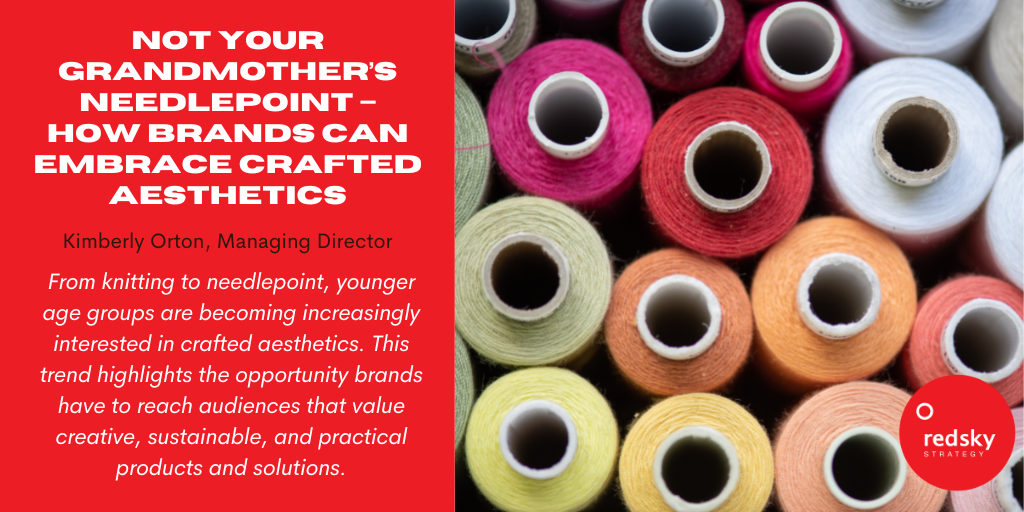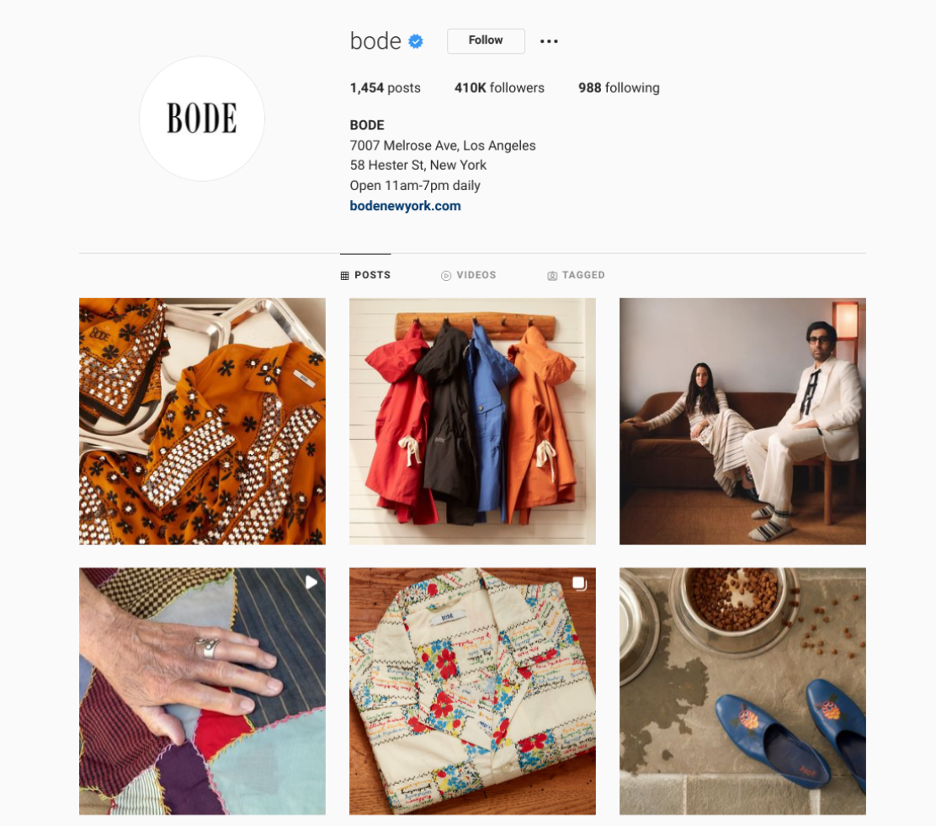News
Not Your Grandmother’s Needlepoint – How Brands Can Embrace Crafted Aesthetics

Image source: https://unsplash.com/photos/q6YXAwhAH14
During the pandemic, people began taking up a wide range of hobbies, from cooking and fitness to home improvement and gardening. Among the most popular activities people turn to are crafting and DIY projects such as needle arts.
True to its name, needle arts refer to any type of crafting that uses a needle and thread. This includes sewing, knitting, crocheting, tufting, and embroidery. Not only are they a great way to relax and express creatively, but they can also be used to make practical items like clothing or household goods.
Needlepoint and needle arts are no longer just for grandmothers. Since their resurgence, their demographics have changed, ushering in a much more diverse and younger crowd. They provide a solution for people looking for new hobbies to enjoy at home as well as for ways to connect with others, since they can be worked on together virtually or in person.
Many people are replacing book clubs and/or wine tasting with stitching groups. A large number of Instagram, TikTok, and Facebook groups have surfaced. There are over 20 Facebook groups with over 150,000+ members for stitching, such as sewing and embroidery, alone.
Needle arts have become increasingly popular as society continues to focus on self-care. The act of working on a project can be very calming, and the finished product provides a beautiful reminder of the hard work that went into it. Research has shown that crafting and needle arts can relieve stress and anxiety.
The growing adoption of needle arts is part of the larger emergence of slow fashion, cottagecore aesthetics, and other activities that involve doing things in a more traditional manner. In the fashion and retail industry, craftcore fashion is becoming more prevalent.
Craftcore fashion is a unique style of clothing and accessories that are handmade or limited edition. “Designers such as Ulla Johnson integrate crafted practices into their ranges to echo the vintage references and homespun qualities being explored by younger DIYers on social media,” explained Marian Park, WGSN Youth Strategist, to Who What Wear. “Other brands such as Sea also elevate this notion of craft to update the look into something that is contemporary boho and more premium alternatives to cottagecore. Bode is also a brand gaining a lot of attention—it is menswear, but it’s resonating with women for its handmade or custom resort shirts.”

These brands offer a wide range of styles that cater to different alternative subcultures. Craftcore fashion can be seen in many younger audiences interested in retro styles, such as crochet cardigans and patchwork jackets. Similar to cottage core, these represent more than a trendy fashion aesthetic; they speak to society’s growing gravitation toward simpler and more sustainable lifestyles.
Seeing as it’s no longer seen as old fashion, there are opportunities for new artists and designers to tap into this market and attract consumers interested in crafted aesthetics, whether for fashion and apparel or for hobbies and activities.
The target audience of crafted aesthetics and fashion has evolved to become younger and more diverse. It’s also being increasingly seen as a form of self care, something that consumers across the board are beginning to prioritize and, in turn, look for and appreciate in brands’ offerings.
In today’s fast-paced and consistently evolving world, brands need to be prepared to harness innovation and transformation in their market. Rather than relying on outdated or tired sets of ideals, RedSky Strategy can help you evaluate your brand positioning and strategy and segment your customers to position you to capitalize on this new category of self care.
Are you interested in working with RedSky Strategy? We look forward to learning how we can help your brand leverage HumanSight and strategic planning to illuminate the best path toward growth.
